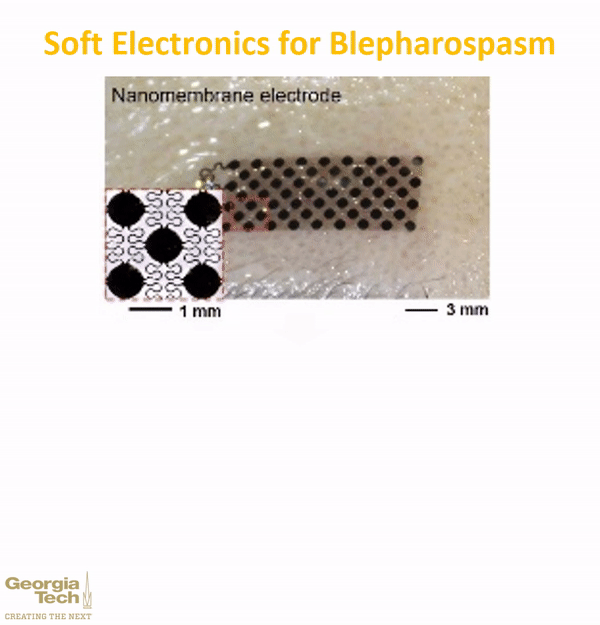Flexible hybrid integration enabled on-skin electronics for wireless monitoring of electrophysiology and motion
IEEE Transactions on Biomedical Engineering (TBME)
//www.embs.org/tbme/wp-content/uploads/sites/19/2022/06/ieee-tbme-logo2x.png
This work reports flexible hybrid integration strategies which endow the on-skin electronic system with advantages of high integration density of electric components, facile fabrication schemes, high stretchability and reliability, and soft and conformal interfaces with human skin. Based on these strategies, an on-skin flexible hybrid electronic system (FHES) is fabricated to collect human electrocardiogram (ECG) and acceleration data, wirelessly transmit and display the data in real time on a mobile phone application through Bluetooth communication. This on-skin system has great potential for applications in wearable health monitoring and physical training.
read more

